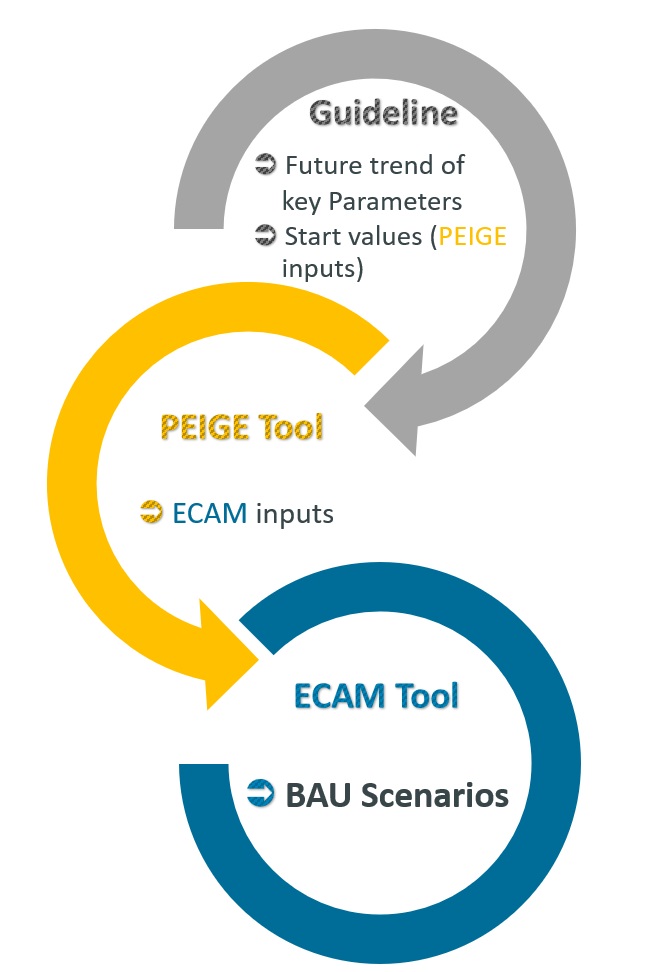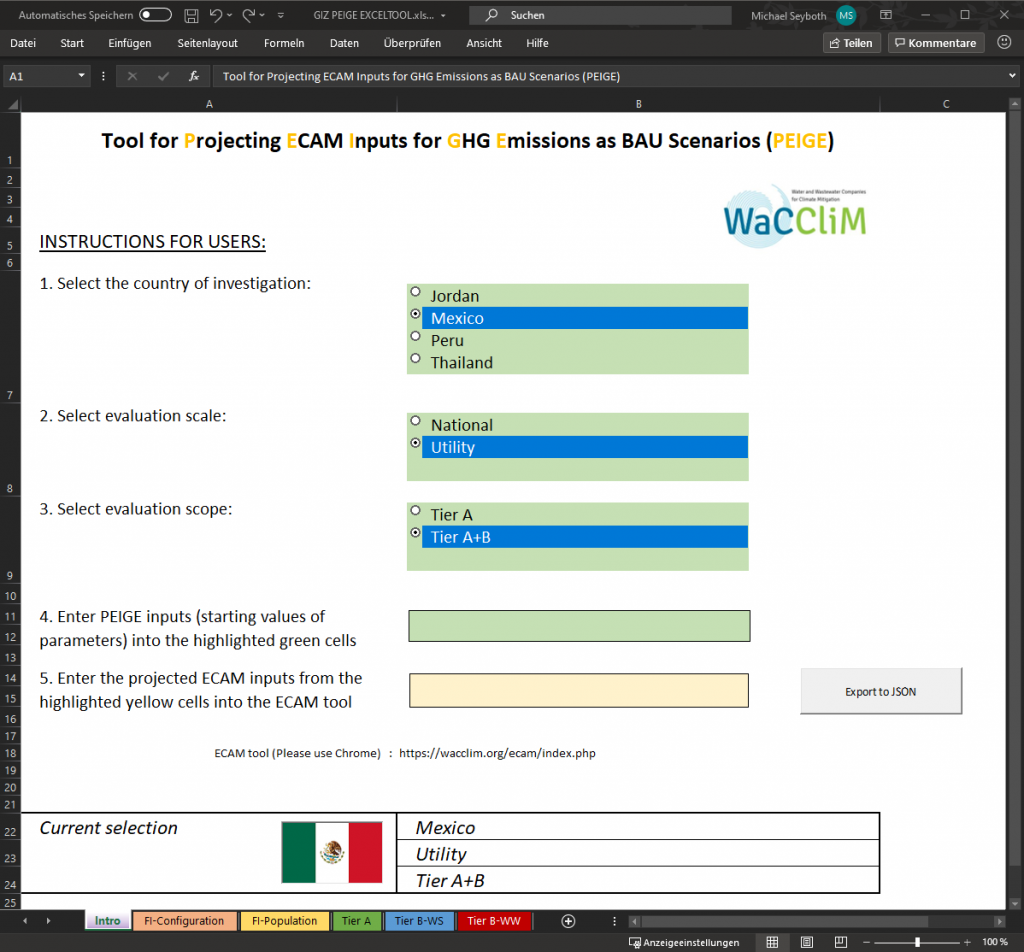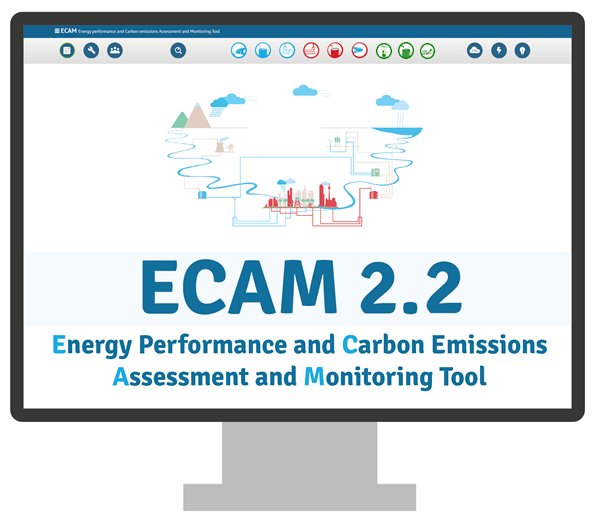Methodology for Establishing a Baseline Scenario of Greenhouse Gas Emissions in the Water Sector at Utility and National Level
The water sector is facing great challenges. For satisfying soaring demands from the growing number of inhabitants and economic activities, the water industry in many countries has to struggle with declining water availability. The pressure caused by population growth, urbanisation, and industrialisa-tion is exacerbated by impacts of climate change, which are increasingly observed across the globe.
At the same time, water and wastewater utilities (WWU) are also contributors to climate change, estimated to be responsible for 3-7% of a country’s total greenhouse gas (GHG) emissions. In light of stronger water consumption needs in the future, continuing the present trajectory will push the emission level to an even higher position, aggravating the magnitude of expected climate impacts and water stress.
Commissioned by the GIZ, IUWA developed a guideline for water professionals and decision-makers that shall illustrate steps to find out baseline scenarios of GHG emission development in the urban water cycle, which would arise in the future if no actions are taken.
The approach is established on the basis of the “Energy Performance and Carbon Emissions Assessment and Monitoring” (ECAM) tool of the international project “Water and Wastewater Companies for Climate Mitigation (WaCCliM)“, funded through the International Climate Initiative (IKI) of the Federal Ministry for the Environment, Nature Conservation and Nuclear Safety (BMU).
As the very first of its kind, ECAM allows for a holistic approach of the urban water cycle to drive GHG emission reduction in utilities, even those with limited data availability. It is designed to assess the carbon emissions that WWUs can control, and prepares them for future reporting needs for climate mitigation.
Using the ECAM tool, the IUWA guideline takes a further step in developing capabilities of GHG measuring, reporting, and verification (MRV) at the utility and national level. By identifying the business-as-usual (BAU) trajectory of GHG emissions, it enables the exploration of reduction potentials as well as the evaluation of the success of mitigation efforts.
The PEIGE Tool

For facilitating users’ handling, IUWA developed the “Tool for Projecting ECAM Inputs for GHG Emissions as BAU Scenar-ios (PEIGE)” in excel format.

More Information
For more information, please visit the following websites:


